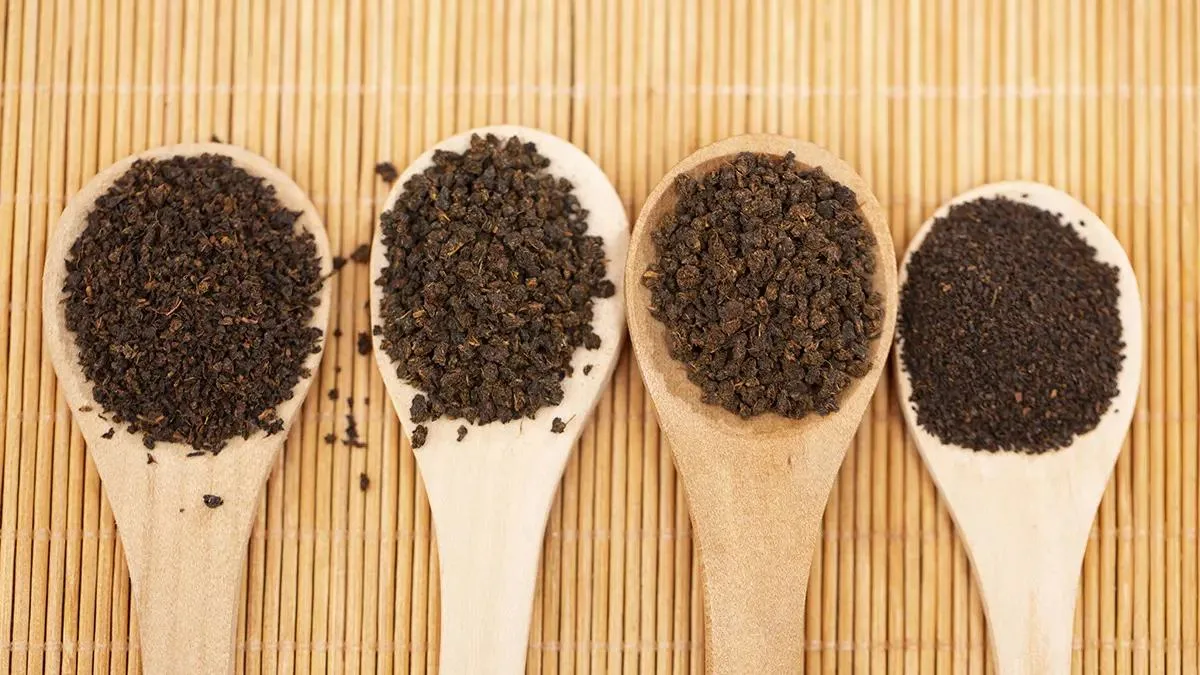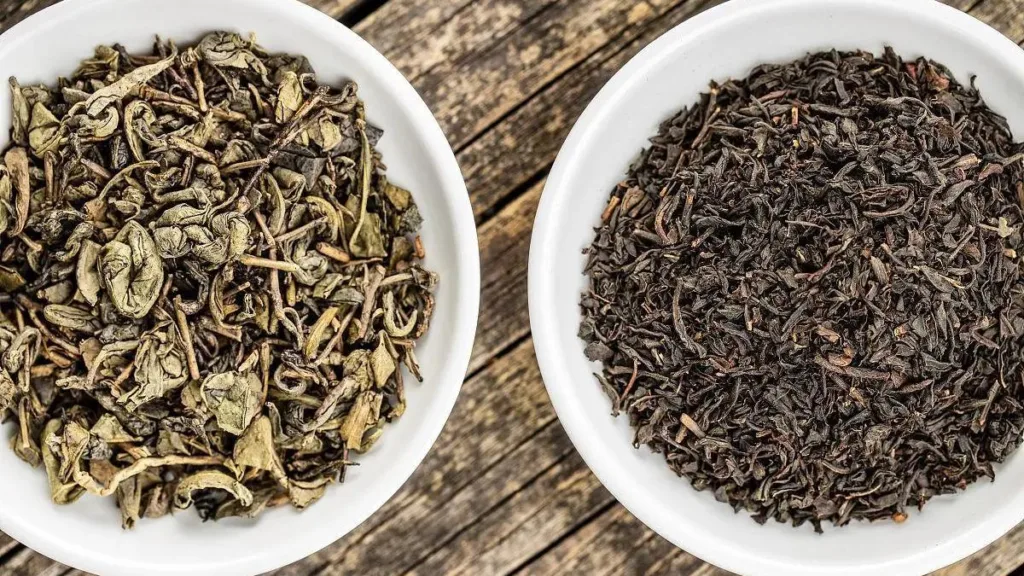On the market, there are various types of teas presented in granulated form. But what exactly are these Chinese granulated teas? Today, let’s delve into the details.
Teas in granulated form refer to leaves that have been processed into small, bead-like particles, known for their lightweight nature and ease of storage. Here’s a professional perspective on teas in granulated form:
- Granulated teas can be of various types: They can encompass red tea, green tea, oolong tea, or pu-erh tea, among others. The shape of granulated tea differs from traditional loose leaves. These teas are typically processed using special techniques, resulting in high uniformity and regularity.
- Formation of granulated teas: In the process of forming granulated teas, tea leaves undergo cutting, slicing, or compression into beads. This facilitates better processing and preservation, allowing the granules to make optimal contact with water, releasing the aroma and flavor of the tea.
- Impact of processing on quality: The processing method may affect the quality and taste of granulated teas. Coarser processing might lead to uneven granules, impacting the taste and aroma. On the other hand, finely processed granulated teas can retain the original characteristics of the tea leaves and offer a superior taste.
Specific Types of Granulated Teas:
1. Pu-erh Tea Granules:
- Pu-erh tea granules involve a unique crafting process. After withering, rolling, fermentation, compression, and storage, the tea is transformed into granules. Granulated pu-erh, characterized by aging, has a rich aroma and a smooth taste, making it highly favored among consumers.
2. Black Tea Granules:
- Black tea granules undergo plucking, withering, fermentation, rolling, and drying to achieve a granulated form. The characteristics include a full appearance, stable quality, vibrant color, and a robust taste. It is often suitable for breakfast tea or for use in milk tea blends.
3. Green Tea Granules:
- Green tea granules are created by processing green tea leaves through steps such as withering, rolling, and drying. With a green appearance, these teas offer a refreshing taste. They are easy to brew, providing a non-bitter taste and gaining popularity among tea enthusiasts.
In Summary: In essence, granulated teas have evolved from traditional tea processing methods, providing convenience in storage and brewing. Apart from the aforementioned pu-erh, black, and green teas, there are other granulated teas like cassia seed tea and pomelo peel tea. Regardless of the type, granulated teas are a popular and convenient choice for tea lovers. Whether it’s pu-erh, black, green, or other specialized granulated teas, they offer an easy and convenient way to enjoy the diverse world of Chinese teas.



